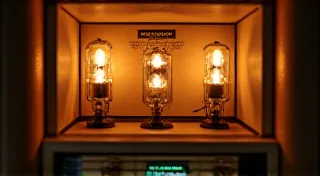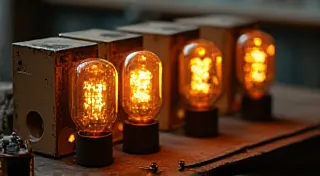Troubleshooting Hum in Tube Radios: A Systematic Approach
That low, persistent hum emanating from your vintage tube radio can be incredibly frustrating. It’s a common problem, but thankfully, it’s often solvable with a systematic approach. This article will guide you through identifying the source of the hum and offers practical steps to eliminate it. Please remember safety first! Tube radios operate at high voltages, and improper handling can be dangerous. Disconnect the radio from the power outlet before attempting any repairs.
Understanding Radio Hum - What is it?
Hum in tube radios is typically caused by unwanted AC current being introduced into the audio signal path. This AC signal then gets amplified, resulting in that characteristic low-frequency noise. The most common culprits are issues within the power supply and associated filtering components. However, problems in other circuits can also contribute.
A Systematic Troubleshooting Process
Here’s a structured approach to tackling the hum problem:
1. Initial Assessment & Listening
Start by carefully listening to the hum. Is it constant? Does it change with volume? Does it disappear or change when certain knobs or switches are adjusted? These observations can offer valuable clues.
2. Power Supply Investigation: The Primary Suspect
The power supply is the most likely source of hum. This generally involves a transformer, rectifier tubes (or diodes in later designs), and filter capacitors. Here’s a breakdown:
- Transformer: While less common, a faulty transformer can produce hum if its windings are damaged or shorted. Testing a transformer typically requires specialized equipment and is often best left to experienced technicians.
- Rectifier Tubes (or Diodes): These convert AC voltage to DC voltage. A leaky tube or diode allows AC current to pass, resulting in hum. Testing involves checking for excessive heater-cathode leakage. A tube tester is ideal, but a multimeter can be used to check for continuity between the heater and cathode with the tube removed and the radio unpowered.
- Filter Capacitors: These capacitors smooth out the DC voltage. Over time, capacitors can dry out, lose capacitance, or develop internal shorts. This significantly reduces their filtering ability, allowing hum to pass through. Measuring capacitance with a capacitance meter is essential. Replace any capacitor that is significantly below its rated value or shows signs of leakage.
- Bleeder Resistor: This resistor dissipates the stored energy in the filter capacitors when the radio is turned off, and also provides a path for a small current to flow through the filter circuit. It’s vital for safety and proper operation. Make sure it's the correct wattage and value.
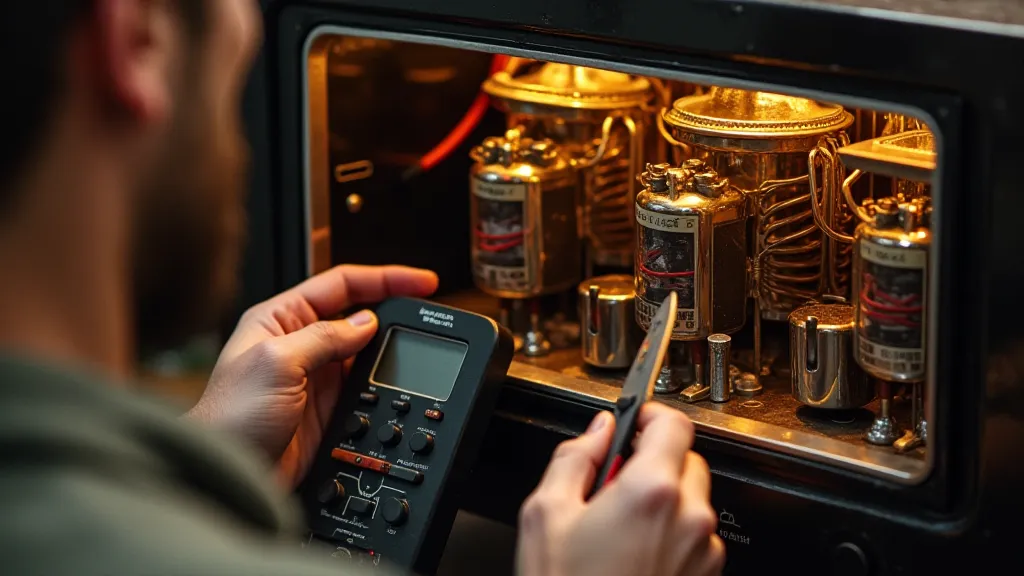
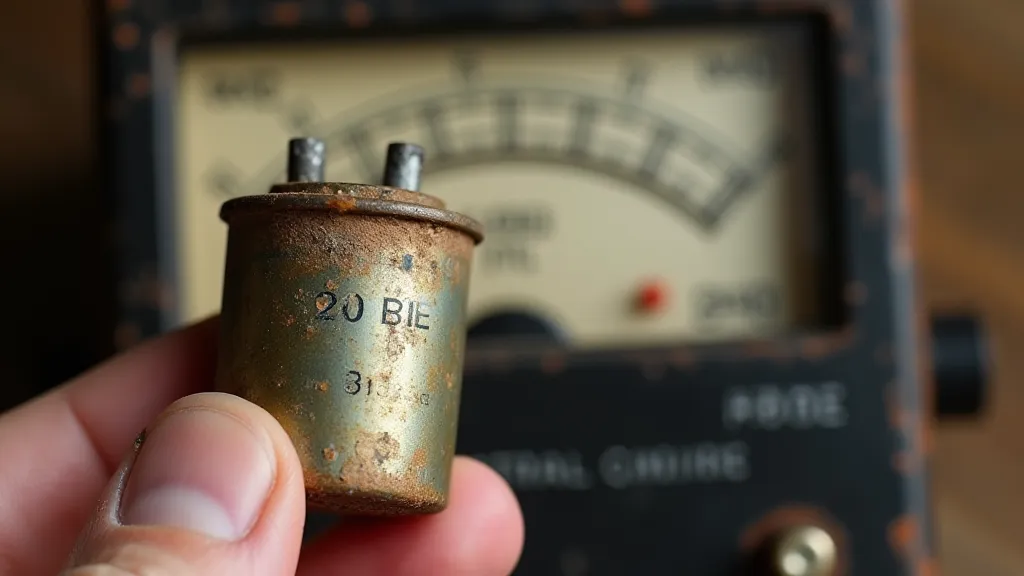
3. Audio Amplifier Stage Examination
If the power supply appears to be relatively clean, the hum may be originating from within the audio amplifier stages. This is less frequent than power supply issues, but possible. Check the following:
- Tube Heater Circuits: Improper heater voltages can introduce hum.
- Bias Circuits: Incorrect bias settings can amplify hum.
- Coupling and Bypass Capacitors: Similar to the power supply, capacitors in the audio path can degrade and allow hum to pass.
4. Grounding Issues
Poor grounding can also manifest as hum. Ensure all connections are clean and secure. Inspect the chassis ground connection, as this is crucial for proper operation and safety.
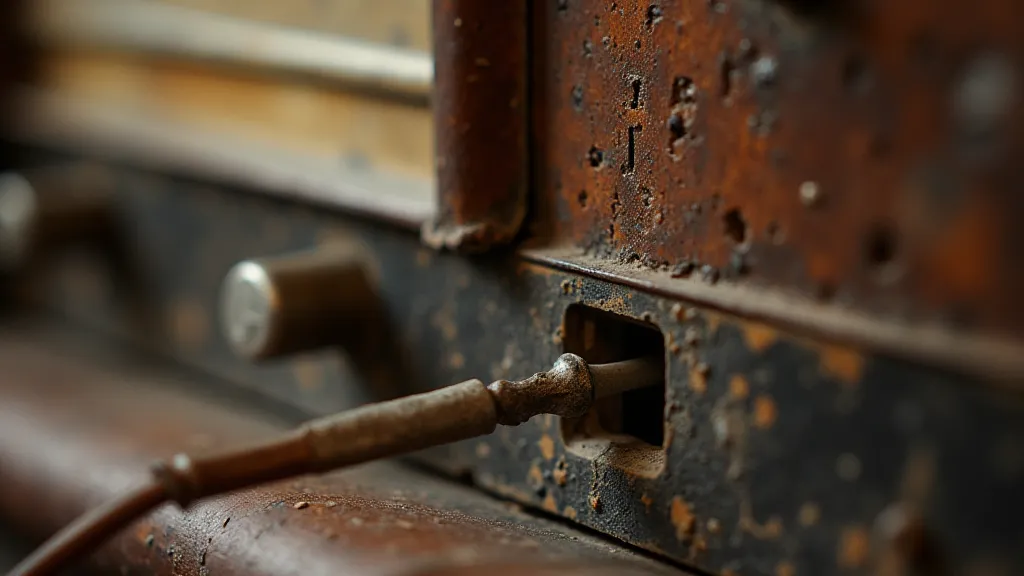
Testing Components – Important Tools and Techniques
Having the right tools is key to accurate troubleshooting:
- Multimeter: For measuring voltage, resistance, and continuity.
- Capacitance Meter: To measure the capacitance of filter and coupling capacitors.
- Tube Tester: Ideal for testing the functionality of vacuum tubes.
- Signal Tracer or Oscilloscope (optional): For tracing the signal path and identifying the source of the hum.
Safety First!
Remember, working with tube radios involves high voltages. Always disconnect the radio from the power outlet before attempting any repairs. If you are not comfortable working with high voltages, seek the assistance of a qualified technician.



